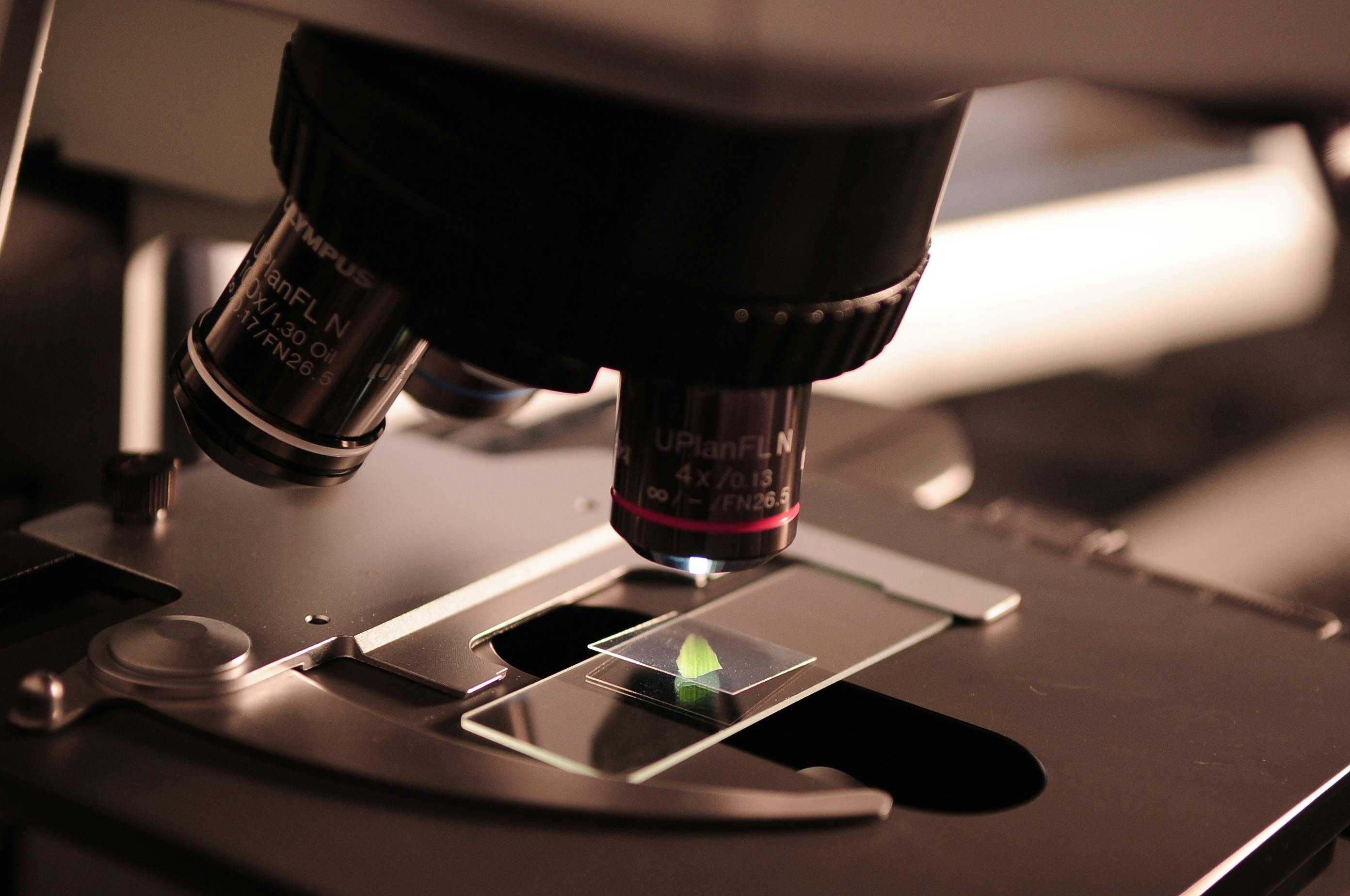PhD Diary, Week 2: I love experimental design!

I have no formal experience in experimental design. On the whole, I would consider myself a full-time moron when it comes to scientific experiments. I remember doing titrations at school that were way off and gas syringe experiments which were non-starters. However, I always enjoyed hand-drawing scatter plots on graph paper and attempting to draw a line of best fit through the data. The finished product, irrespective of what data I tried to collect, always made me forget about what a disaster my experiment was that day. Though I was never good at the hands-on element of conducting the experiment, I was fascinated by the architecture of the experiment and how results could theoretically be obtained.
Thirteen years later, I am realising how much I enjoy experimental design and I am over the moon to be given the opportunity to study it at PhD level.
This week, I began by reading Design and Analysis of Experiments by Douglas Montgomery. The first chapter provides a clear introduction to experimental design fundamentals. I am very much looking forward to reading more! 😊 I also met my supervisor in person for the first time this week. It has astounded me how kind everyone at Brunel has been so far – looking forward to working with them over the next three years.
In my pursuit of retaining what I learn in this PhD, I am writing informal blog posts about the maths I find interesting. Please see my Design of Experiments blog post and Introduction to Networks blog posts.
